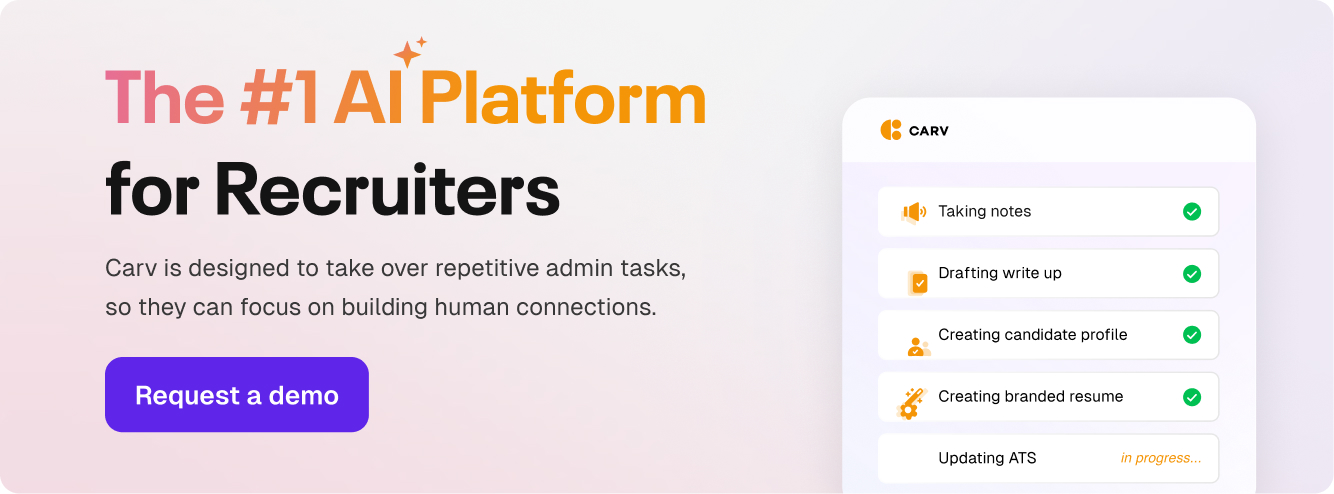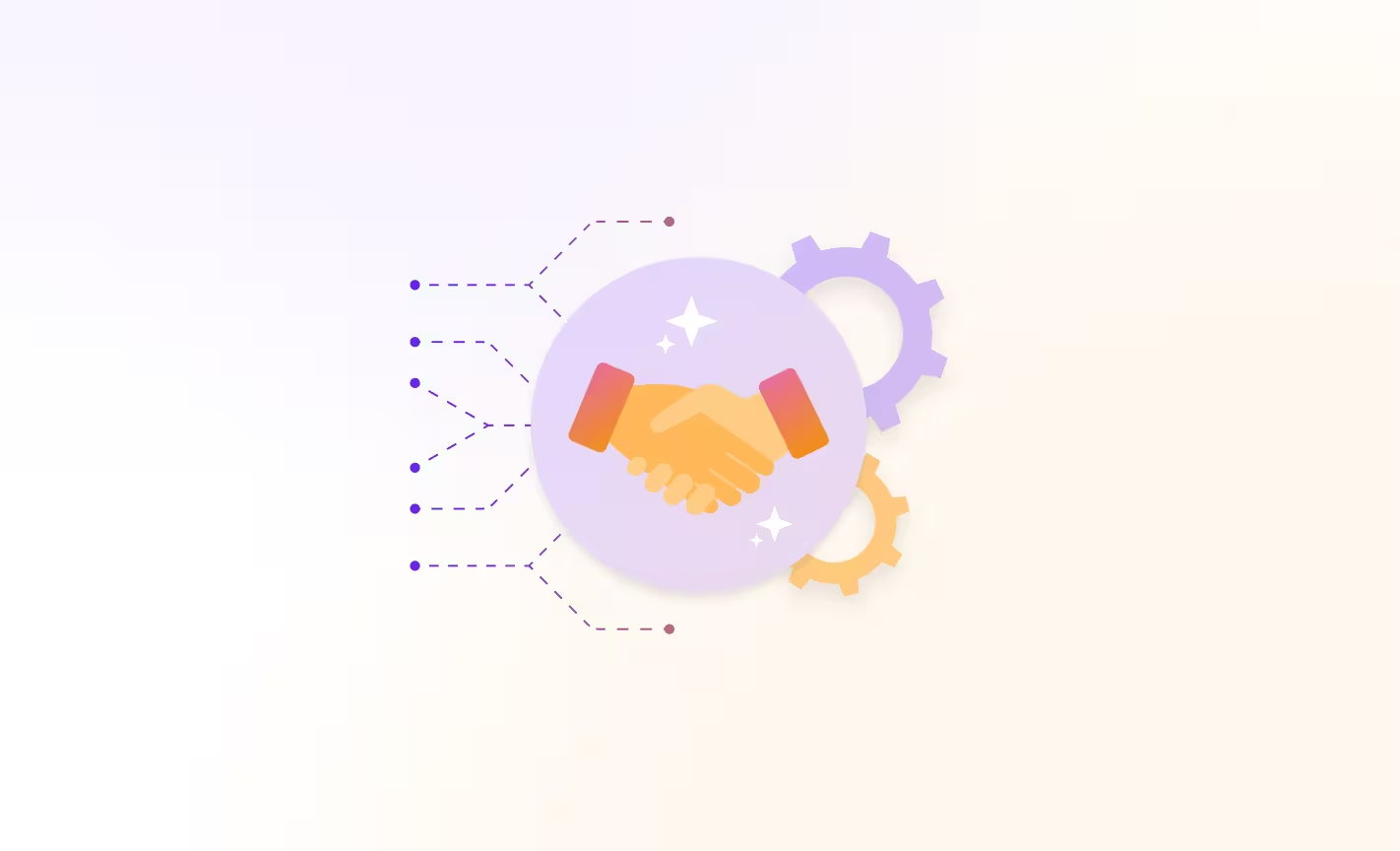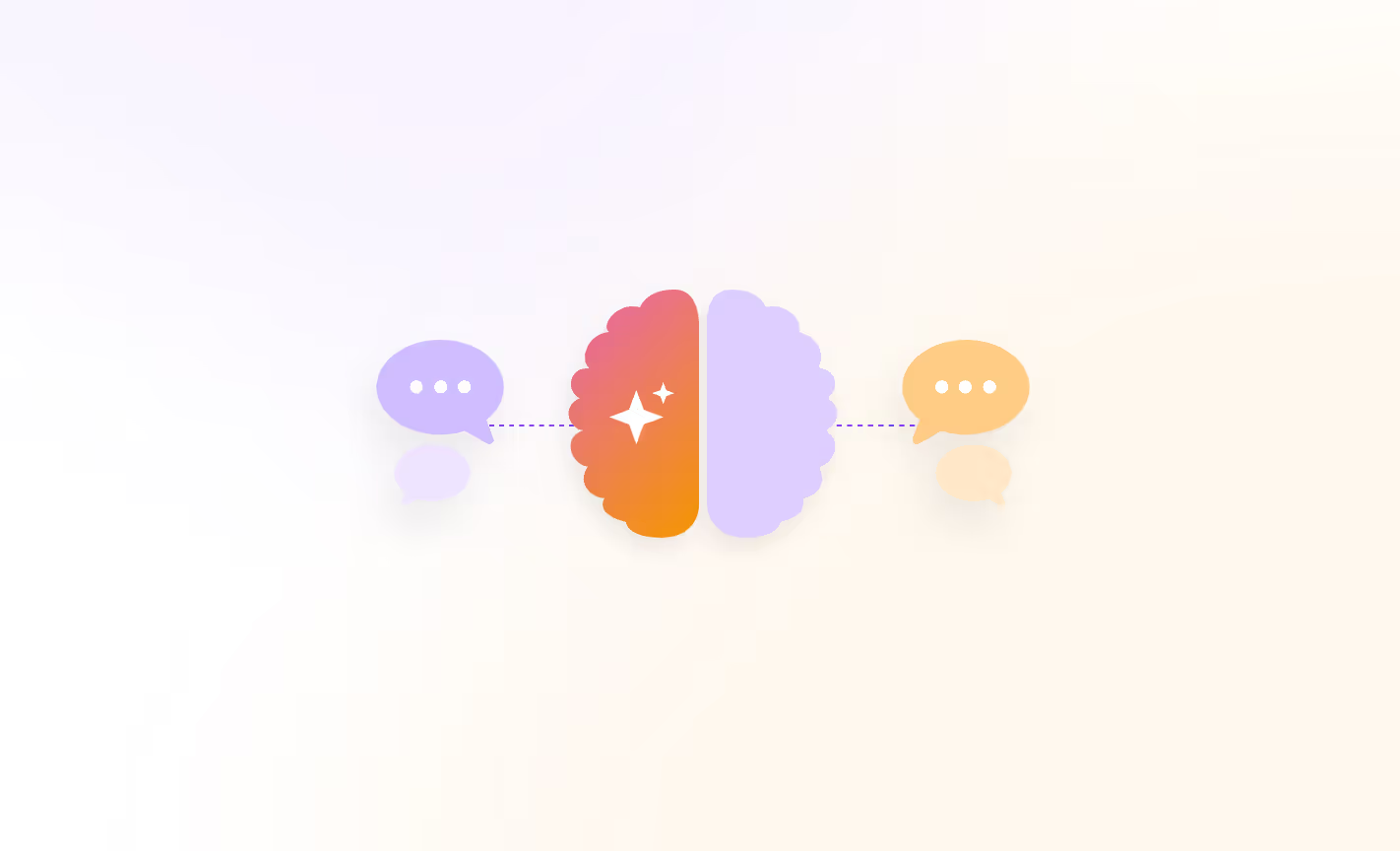Within the recruitment process, the screening phase acts as a gatekeeper, ensuring only the most promising candidates progress further.
Given its pivotal role, entrusting this step to AI might seem unwise.
However, when used correctly, AI-powered tools can significantly expedite the process.
In this article, I’ll show you how Carv’s recruiting AI can assist you in writing candidate screening questions in minutes.
Where can you safely use AI in the candidate screening process?
Candidate screening is the initial phase of recruitment that aims to identify qualified applicants deserving further consideration for a job opening.
While the interview stage is the most crucial step when screening candidates, all pre-interview stages ensure that only the right candidates are shortlisted for interviews with hiring managers.
Here's a breakdown of the typical process, along with potential use cases for AI.
Application review
The process begins with reviewing applications for a specific job posting. This entails screening resumes and cover letters submitted by candidates, as well as checking their social media profiles, such as LinkedIn, to assess their previous work experience.
At this stage, AI can assist in reviewing CVs and candidate profiles and determining whether candidates are a good fit based on the job description or job requirements.
Pre-screening assessments and interview questions
This stage might involve short online tests or one-way interviews to evaluate job-specific skills. AI-powered assessments can gauge the job seeker’s compatibility with the company culture and their work style preferences, and may also include closed-end questions regarding the candidate's last job or current position.
In general, pre-screening interview questions or assessments should help you further assess candidates' qualifications and suitability for the role before advancing to the in-person interview.
AI can assist in formulating these questions by analyzing data from previous successful hires and identifying key criteria for evaluating potential candidates.
Additionally, AI-powered tools can help prepare interview questions based on the specific requirements of the job and the organization. This is the step I'll focus on in the second part of the article.
Screening interviews and shortlisting
Phone screens are more common at this stage, but video interviews are also an option. These brief interviews allow recruiters to verify information, assess basic qualifications, and gauge a candidate's career goals, skill set, interest in a new role, as well as salary expectations.
If everything sounds good, recruiters may proceed to schedule in-person interviews with the best candidates who have successfully passed the initial screening. The next stage can involve in-depth interviews with the hiring team, presentations, or reference checks, depending on the nature of the role.
In this step, AI can assist by streamlining the scheduling process for interviews, analyzing video interviews to identify non-verbal cues and sentiments, and providing data-driven insights to help recruiters make informed decisions about candidate selection.
%20(1).avif)
Additionally, AI-powered tools can double-check basic information such as the years of experience, the work history, and facilitate background checks. AI can also be used for communication with previous employers in the case of reference checks - for example, drafting outreach emails, ensuring a thorough evaluation of candidates before moving forward in the hiring process.
All in all, AI recruitment tools can help with:
- Double-checking information,
- Eliminating unqualified or unsuitable candidates quickly,
- Increasing the speed of screening candidates,
- Ensuring a higher quality of candidates who make it to the interview stage,
- Ensure fairness in the initial selection stages,
- Provide a positive first impression to candidates by keeping the process human, despite the automation running in the background.
With this out of the way, let’s see how to use Carv to create your screening questions.
How to create candidate screening questions with Carv
The best way to use Carv for creating your screening questions for a new job opening is to start with an intake call with the hiring manager.
Step 1: Intake call with hiring manager
Carv will join your call, listen in, and take notes, ensuring it operates with the same information or context afterward when drafting the questions.
The only pre-requisite here is to enable the AI workmate to join your calls. Carv works with Zoom, Microsoft Teams, and Google Meet calls, and will join automatically once you’ve set your preferences.

Step 2: Generate the job requirements
Once your intake call is done, Carv will prepare:
- Your meeting notes,
- The intake report with all the job requirements,
- The job description document.
If you’re missing any information, you can ask open questions to your AI workmate, through the chat functionality.
Step 3: Ask the AI workmate to prepare screening questions
You can simply ask the workmate to create questions for you based on the intake call, or you can give more detailed instructions. For example, you can ask Carv's AI recruiter to prepare general questions for a candidate interview, using the buckets below:
- Past experience and current job, to understand the candidate’s background, motivation, and interest in the open position.
- Core competencies and skills assessment, to assess technical skills, qualifications, and relevant experience.
- Cultural-fit questions, to gauge candidates' compatibility with the company culture and work environment.
- Problem-solving and critical thinking questions, designed to assess problem-solving abilities and analytical thinking.
- Scenario-based questions that require candidates to use their creativity and demonstrate their thought process.
- Learning agility questions focused on candidates' ability to adapt to new challenges and learn quickly.
- Compliance and ethical considerations, if relevant. Prepare common questions related to legal compliance, ethical behavior, and adherence to company policies.
Below you can see the questionnaire prepared by Carv based on an intake call.

The role to interview for in this case is an Enteprise AE, and the AI workmate proposed a series of questions based on my input - the buckets above.
But I can take this one step further, if I want to assess the candidate’s leadership potential, time management, or management style, for example. I can also ask the workmate to prepare some questions to uncover potential red flags, and I’ll get the work done for me in seconds.
Step 4: Analyze candidates’ responses with Carv
Next to assisting you before interviews, Carv’s AI workmate can also join your candidate video or phone interviews, taking notes so you can be fully focused on the applicant. The transcript of the call and the meeting notes will be immediately available, so you can use them as input for a next step.

Based on the call context and additional information you provide about the candidate - such as CV or motivation letter, for example, Carv can help shortlist the qualified candidates by comparing their profile against the job description and requirements report.
For example, if during the screening phone call, the candidate mentions a salary range that’s well above what you can offer, or the previous positions mentioned in the resume don’t match with the information shared during the phone call, you can choose to disqualify the candidate directly.
The AI workmate can help prepare a personalized rejection email based on the phone or video interview recording. Of course, you can always edit the output if you want to adjust the tone or add more information in a message.
After the call, Carv can support you in creating the candidate profile and the presentation or motivation letter to the hiring manager with minimum effort from your side.
Similarly, if you want to shortlist top candidates for the next phase of the hiring process, you can ask Carv to prepare a follow-up email for inviting them to the next step.

Over to you
I hope this shows you just how easy it is to start using AI in your recruitment process, to assist you with screening questions and interview follow-ups.
Another great advantage of using Carv instead of generic AI tools like Chat GPT for example is that the AI recruiter uses your company’s context, and operates with the same information as your team members. This way, nothing gets lost in translation and everyone’s on the same page.
If you want to see what's possible, book a call below.

.avif)

%20(1)%20(1).avif)




